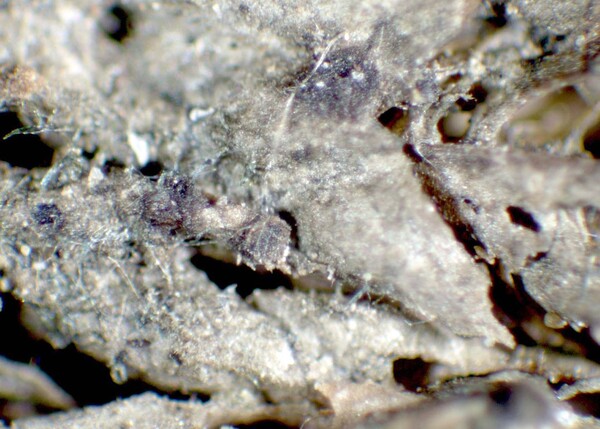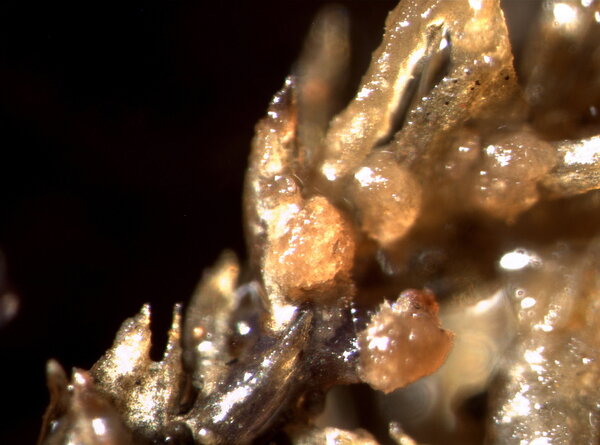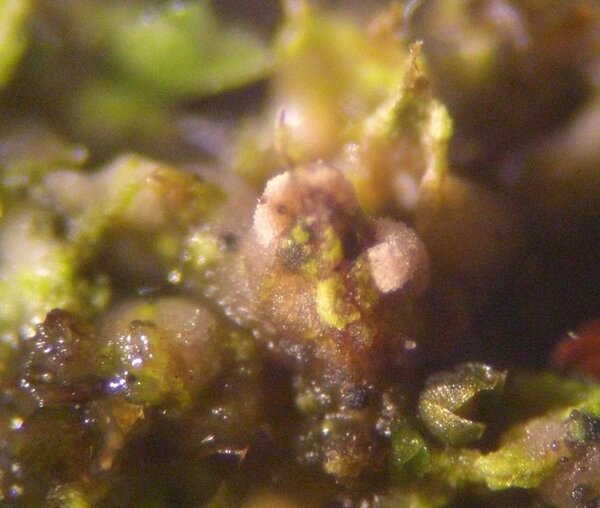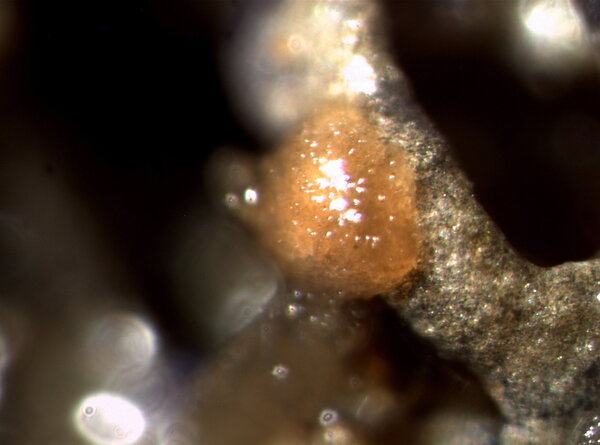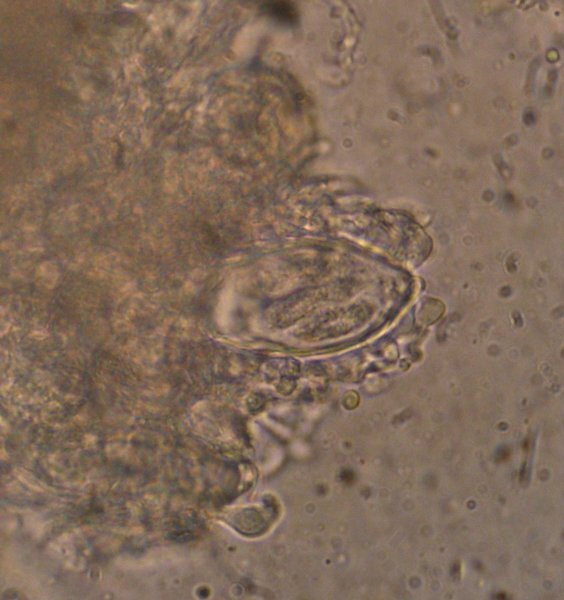Vezdaea aestivalis (Ohlert) Tscherm.-Woess & Poelt
in Brown & al. (eds.), Lichenology: Progress and Problems: 91, 1976. Basionym: Lecidea aestivalis Ohlert - Schr. phys- ökon. Ges. Königsb., 10: 16, 1870.
Synonyms: Biatora aestivalis (Ohlert) Lindau; Catillaria byssacea Vězda; Pachyascus byssaceus (Vězda) Vězda
Distribution: N - Frl. S - Cal (Nimis & Puntillo 2003, Puntillo 2011).
Description: Thallus crustose, dull green to dark olive-green, thinly episubstratic or semi-immersed, entirely consisting of up to 40 μm wide, corticate goniocysts with short conical outgrowths (microscope!). Apothecia short-lived, without a proper margin, convex, appressed or immersed in the thallus, 0.3-0.8(-1) mm across, whitish, grey or reddish brown, often appearing finely tomentose when dry (microscope!). Proper exciple absent; hymenium lacking gelatine, consisting of branched and anastomosing, strongly contorted paraphyses entwining the individual asci; hypothecium absent. Asci 8-spored, cylindrical, thick-walled, with a thick I+ blue apex (except for an apical pore). Ascospores 1(-3)-septate, hyaline, ellipsoid, thick-walled, with a minutely verrucose surface at maturity, 15-20(-22) x 5-7(-8) μm. Photobiont chlorococcoid (Leptosira). Spot tests: all negative. Chemistry: without lichen substances.Note: this, the largest and most conspicuous species of the genus, is the only one reported from Italy. It grows on mosses and plant debris on more or less calciferous, often disturbed, shaded and humid substrata (both on soil and rock), sometimes amongst mosses on trees with base-rich bark.
Being likely to be confused with the much more common Bilimbia sabuletorum, this species might be more widespread, but is certainly not common in Italy.
Growth form: Crustose
Substrata: bark, soil, terricolous mosses, and plant debris
Photobiont: green algae other than Trentepohlia
Reproductive strategy: mainly sexual
Most common in areas with a humid-warm climate (e.g. most of Tyrrenian Italy)
Pioneer species
Commonnes-rarity: (info)
Alpine belt: absent
Subalpine belt: absent
Oromediterranean belt: absent
Montane belt: extremely rare
Submediterranean belt: absent
Padanian area: absent
Humid submediterranean belt: extremely rare
Humid mediterranean belt: absent
Dry mediterranean belt: absent
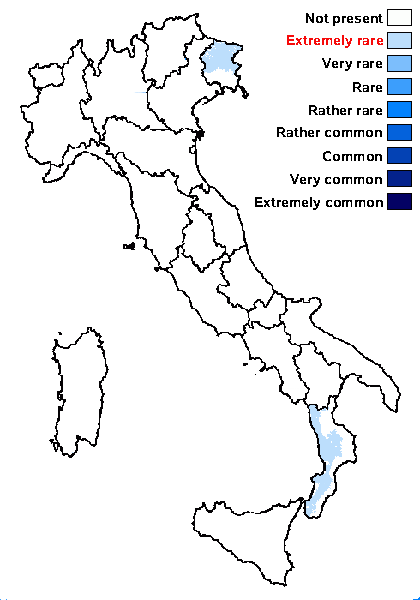
Predictive model
Herbarium samples
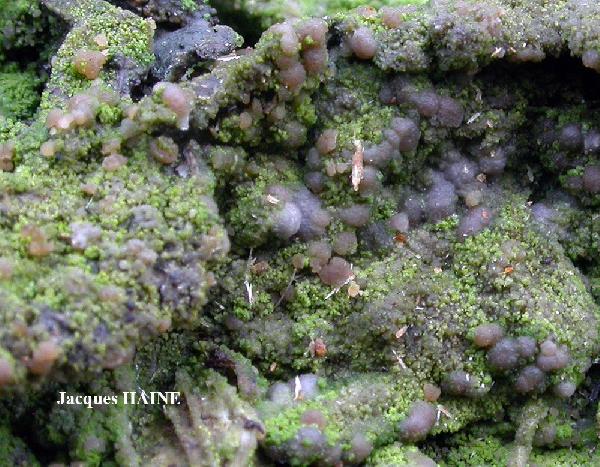
Jacques Haine - Source: http://www.lichensmaritimes.org/index.php?task=fiche&lichen=479&lang=en
France, Fumay
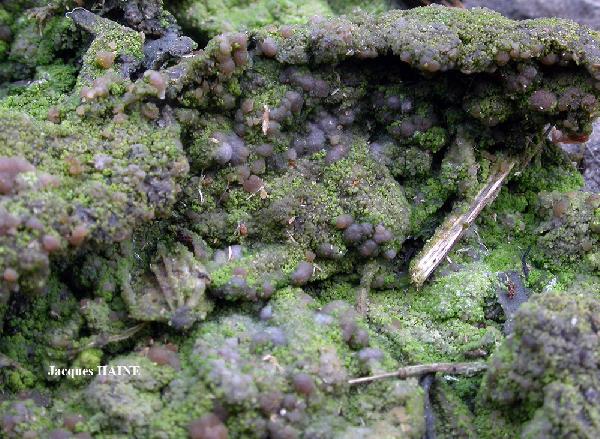
Jacques Haine - Source: http://www.lichensmaritimes.org/index.php?task=fiche&lichen=479&lang=en
France, Fumay
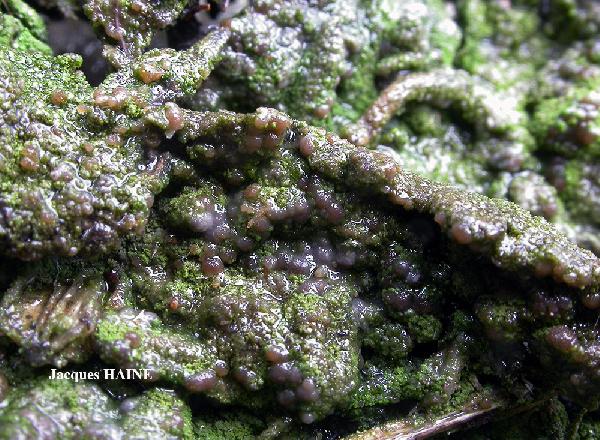
Jacques Haine - Source: http://www.lichensmaritimes.org/index.php?task=fiche&lichen=479&lang=en
France, Fumay
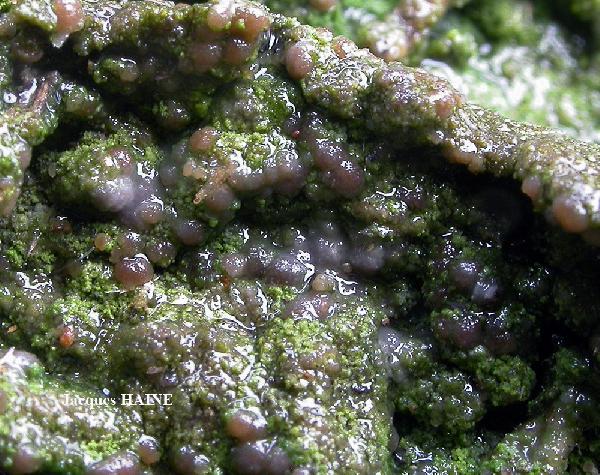
Jacques Haine - Source: http://www.lichensmaritimes.org/index.php?task=fiche&lichen=479&lang=en
France, Fumay
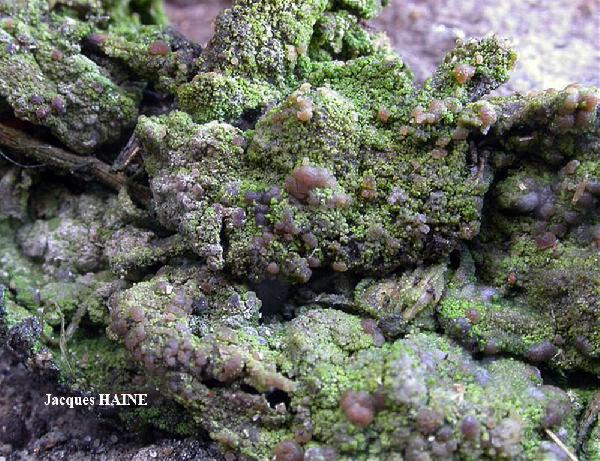
Jacques Haine - Source: http://www.lichensmaritimes.org/index.php?task=fiche&lichen=479&lang=en
France, Fumay
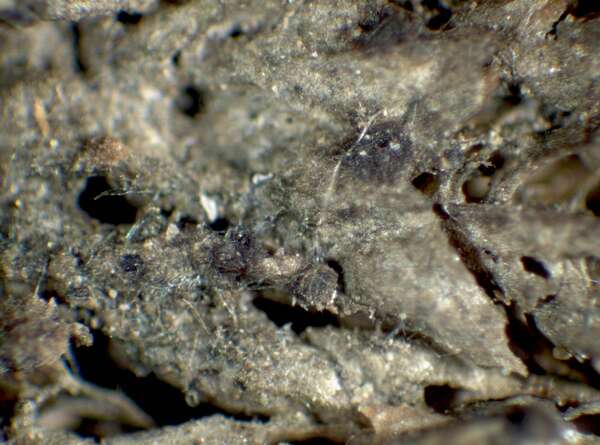

P.L. Nimis; Owner: Department of Life Sciences, University of Trieste
Herbarium: TSB (9346)
2001/12/18
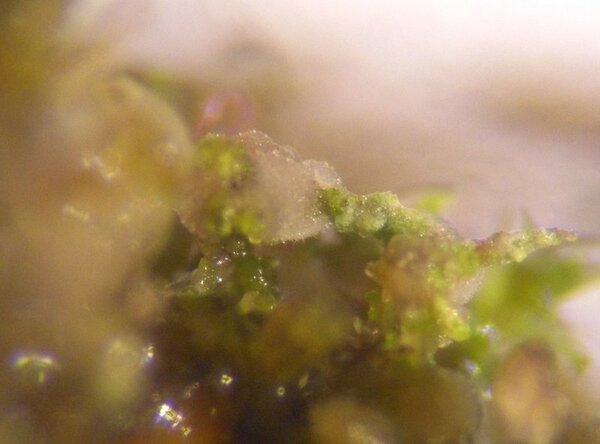

Curtis Randall Björk – CC BY-SA 4.0
British Columbia, Clearwater Valley, Third Canyon Uplands Date: 2012-05-04 On soil and bryophytes on seepy rock outcrop, open, dry forest; atypical form with smaller, pallid apothecia; the fuzzy appearance of the apothecia is due to protruding paraphyses and asci
Growth form: Crustose
Substrata: bark, soil, terricolous mosses, and plant debris
Photobiont: green algae other than Trentepohlia
Reproductive strategy: mainly sexual
Most common in areas with a humid-warm climate (e.g. most of Tyrrenian Italy)
Pioneer species
Commonnes-rarity: (info)
Alpine belt: absent
Subalpine belt: absent
Oromediterranean belt: absent
Montane belt: extremely rare
Submediterranean belt: absent
Padanian area: absent
Humid submediterranean belt: extremely rare
Humid mediterranean belt: absent
Dry mediterranean belt: absent

Predictive model
| Herbarium samples |

Jacques Haine - Source: http://www.lichensmaritimes.org/index.php?task=fiche&lichen=479&lang=en
France, Fumay

Jacques Haine - Source: http://www.lichensmaritimes.org/index.php?task=fiche&lichen=479&lang=en
France, Fumay

Jacques Haine - Source: http://www.lichensmaritimes.org/index.php?task=fiche&lichen=479&lang=en
France, Fumay

Jacques Haine - Source: http://www.lichensmaritimes.org/index.php?task=fiche&lichen=479&lang=en
France, Fumay

Jacques Haine - Source: http://www.lichensmaritimes.org/index.php?task=fiche&lichen=479&lang=en
France, Fumay


P.L. Nimis; Owner: Department of Life Sciences, University of Trieste
Herbarium: TSB (9346)
2001/12/18


 INDEX FUNGORUM
INDEX FUNGORUM
 GBIF
GBIF
 DOLICHENS
DOLICHENS
